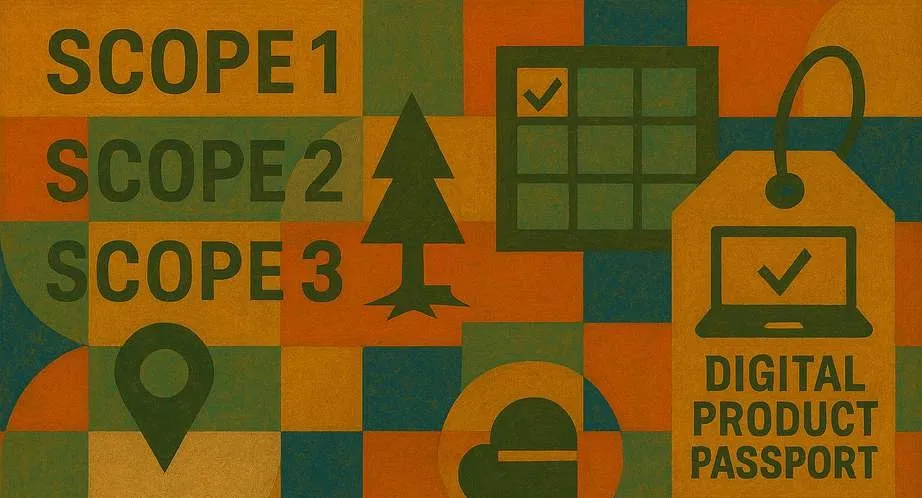Escaping the Tariffs
Escaping the Tariffs
The most popular “T” word of the week apart from the famous India vs England Test series that ended in a dramatic draw might just be tariff. As global headlines roar and trade policies swing like a pendulum, tariffs are suddenly back in fashion. Percentage points are flying. Foreign ministries are tense. Supply chains are under strain. Companies are scrambling to make sense of shifting costs and rules.
But while the world is reacting to these old-school economic skirmishes, a quieter and far more permanent form of tariff is taking shape. It doesn ’t care about pricing strategies or bilateral trade deals.
Three key regulations are behind this transformation CBAM (Carbon Border Adjustment Mechanism), EUDR (EU Deforestation-Free Regulation), and DPP (Digital Product Passport).
CBAM applies to industries like steel, aluminium, fertilizers, and cement, and requires importers to report and pay for embedded carbon emissions.
EUDR targets agriculture-linked commodities like palm oil, soy, and timber forcing companies to prove their products aren ‘t linked to deforested land, using precise geolocation data.
DPP takes transparency further, requiring products (starting with textiles, electronics, and batteries) to carry a digital passport revealing their carbon footprint, origin of materials, repairability, and recyclability. And here ’ s the real kicker: this is just the beginning.
By 2030, the EU plans to extend CBAM to more industries including chemicals, hydrogen, and plastics. Countries like Canada, the U.S., Japan, and South Korea are exploring similar carbon border mechanisms.
Global ESG scrutiny is rising, not falling. These frameworks are not isolated policies. They are the scaffolding of a new kind of trade system one built around climate accountability.
Yet despite the headlines, many companies are dangerously underprepared. Most are trying to comply from the middle looking at emissions data after production, tracing raw materials after procurement, or measuring ESG impact only when asked. But the truth is: you can ’t comply if you don ’t already have visibility.

You can ‘t map Scope 1, 2, and 3 emissions with spreadsheet-based estimations. You can ‘t track deforestation risk if you don’t know exactly where your inputs came from. You can’t build a digital product passport when your operational data is fragmented across departments and vendors.

This is exactly what we help organizations do at Sparrow. Through our platform, GroundESG™ , we enable companies to build value chain traceability not just for regulatory compliance, but for real operational improvement. We don ’t just offer a checklist or a reporting tool. We provide the digital foundation that ESG reporting, carbon reduction, and lifecycle transparency all depend on.
Once visibility is in place, the next step becomes much easier. You can identify energy wastage, switch to low-carbon suppliers, reduce emissions, improve resource use, and even simulate the carbon impact of changes before making them.
This isn ’t a compliance problem. It’ s a data infrastructure problem. That’ s why the smartest companies are starting from the foundation by building structured visibility into their operations and supply chains from Day One. This means:· Capturing data across production, procurement, and logistics Establishing traceability across the value chain. Identifying where inefficiencies, waste, or carbon hotspots exist. Creating a single source of truth that regulatory reports can rely on.
Real optimisation starts only when the data is clear. So, if your company is still waiting for things to settle down, it’ s time to think again. These frameworks aren ’t going away. They ’ re expanding. Fast.
The Carbon Tariff is no longer just a policy tool it’s becoming a global market filter. Only companies that can prove how sustainable they are down to the raw material and factory level will remain export-eligible in the years ahead. And that proof ?
It starts with the right data, systems, and structure built now, not later.
Deep Technology | Consulting | Solutions
